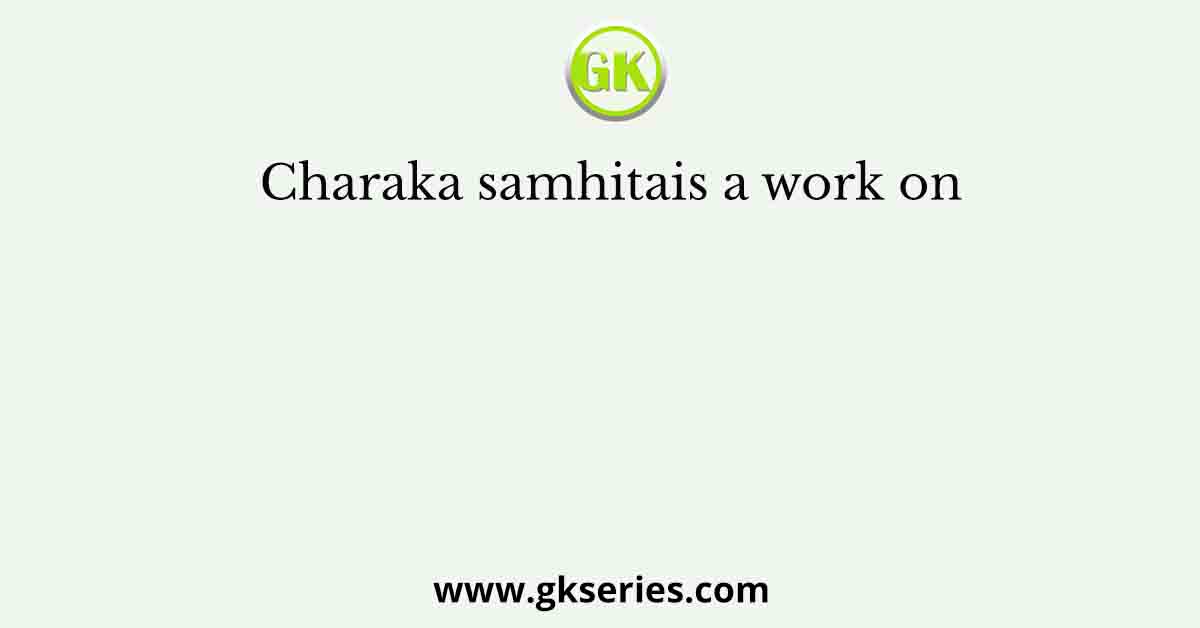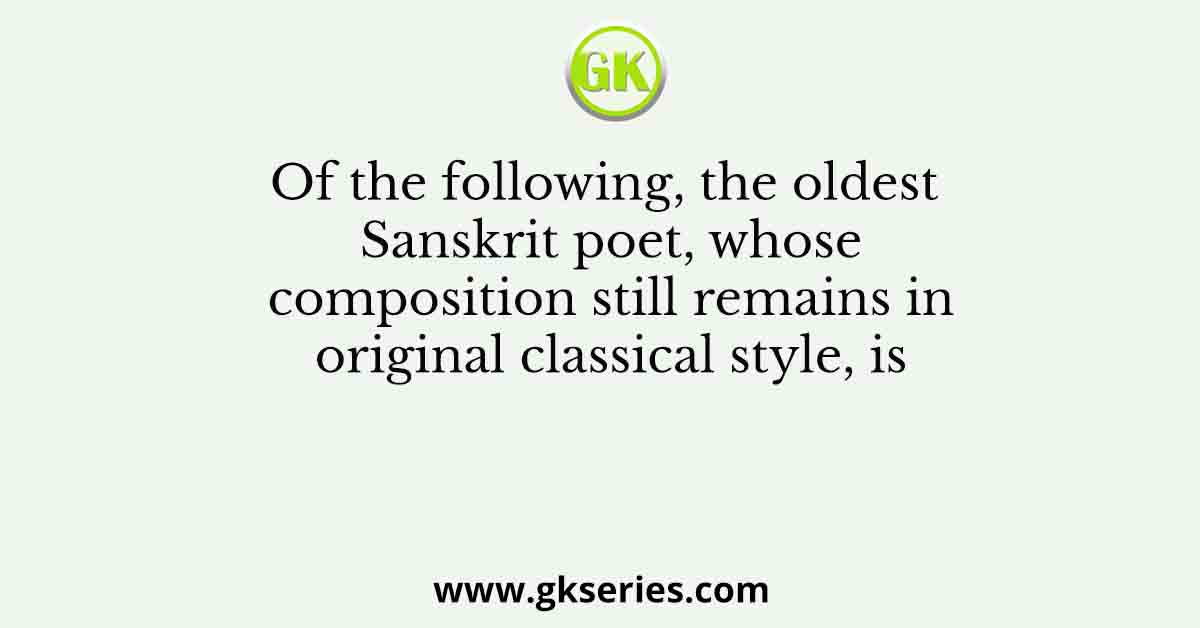
Q. We can know about early Vedic period from
(a) Archaeological excavations
(b) Contemporary cultures
(c) Rigveda
(d) Jatak Katha
Ans: (c) Rigveda
Explanation: The correct answer is (c) Rigveda.
The early Vedic period, which refers to the period of the composition of the Rigveda, is an important source of information about this time. The Rigveda is the oldest of the four Vedas, which are ancient sacred texts of Hinduism. It consists of a collection of hymns composed in Vedic Sanskrit, and it provides valuable insights into the early Vedic society, culture, and religious practices.
The Rigveda contains hymns dedicated to various deities, descriptions of rituals, social structures, and references to historical events. It offers glimpses into the early Aryan society, their religious beliefs, the pantheon of gods they worshiped, and their worldview.
While archaeological excavations can provide supplementary evidence and material remains from the early Vedic period, the Rigveda is the primary textual source that allows us to understand this ancient period of Indian history.
Contemporary cultures and Jatak Katha (tales of previous births of the Buddha) are not directly relevant to understanding the early Vedic period.
Therefore, the most significant source to know about the early Vedic period is the (c) Rigveda.





